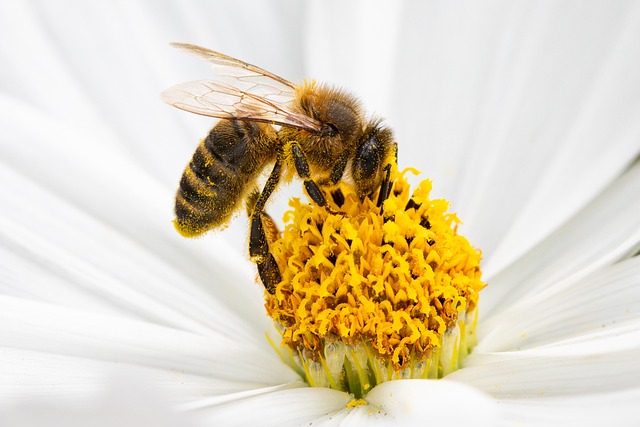Before entering motherhood, I had a vivid image of the type of mom I aspired to be—a woman gracefully carrying her baby while navigating daily life. The concept of babywearing seemed to embody the essence of nurturing and multitasking. If you could comfortably manage your infant while tackling errands, it felt like a proclamation that you were mastering motherhood.
Naturally, I eagerly registered for a baby wrap, one of the first items on my list. When it finally arrived, I was taken aback by its sheer length—almost 20 feet, stretching across my small Brooklyn apartment. Determined yet bewildered, I set out to figure out how to use it.
Fast forward to a frustrating hour and a half of watching YouTube tutorials. I found myself sweating and nearly in tears, doubting my capabilities as a mother because I couldn’t even secure a teddy bear in the wrap—let alone a real baby. Trying to perform what can only be described as “body origami” while eight months pregnant was probably not my best decision.
Eventually, I did manage to learn how to use the wrap, but it never felt right. I constantly felt the need to support my child with one hand, never quite trusting the fabric to hold securely. Ultimately, I opted for a baby carrier that resembled a backpack. I recognized that babywearing isn’t a one-size-fits-all solution.
This realization is why it frustrates me when companies that sell baby wraps imply that not using one makes women inadequate mothers. One company even refers to babywearing as “exterior gestation,” suggesting that human beings are like marsupials who need to remain close to their mothers after birth. This is simply misleading.
One brand representative stated, “Kangaroos set a unique precedent that many humans should take to heart. A baby kangaroo, or joey, remains in its mother’s pouch until it is ready to venture out.” But let’s be clear—kangaroos are born in a highly underdeveloped state, and their survival depends on being in the pouch. This comparison is not applicable to human infants.
Moreover, the claim that many newborns are spending their days isolated in plastic containers and strollers is exaggerated. Are we really suggesting that using a stroller equates to neglect? It’s possible to market a product without instilling guilt in mothers. If you’re selling a baby wrap, focus on its practicality—how it eases daily tasks, secures infants comfortably, or makes outings more manageable. No one needs to be told that using a stroller could lead to raising an overly dependent child.
New mothers already face an avalanche of anxiety about whether they’re “doing it right.” Parenting tools should simplify life, not add to guilt and confusion. It’s also worth noting the gender bias in these marketing strategies, aimed primarily at mothers.
While it’s true that infants thrive on being held, insinuating that modern conveniences like strollers equate to emotional detachment is unnecessary and unhelpful.
If you’re looking for more insights on home insemination, check out this informative post on how to use an artificial insemination kit. For further guidance on fertility treatments, visit this excellent resource.
In summary, babywearing is a personal choice that should not define a mother’s worth. Each parent’s journey is unique, and convenience does not equate to a lack of love or connection.
Keyphrase: Babywearing and maternal worth
Tags: [“home insemination kit”, “home insemination syringe”, “self insemination”]
